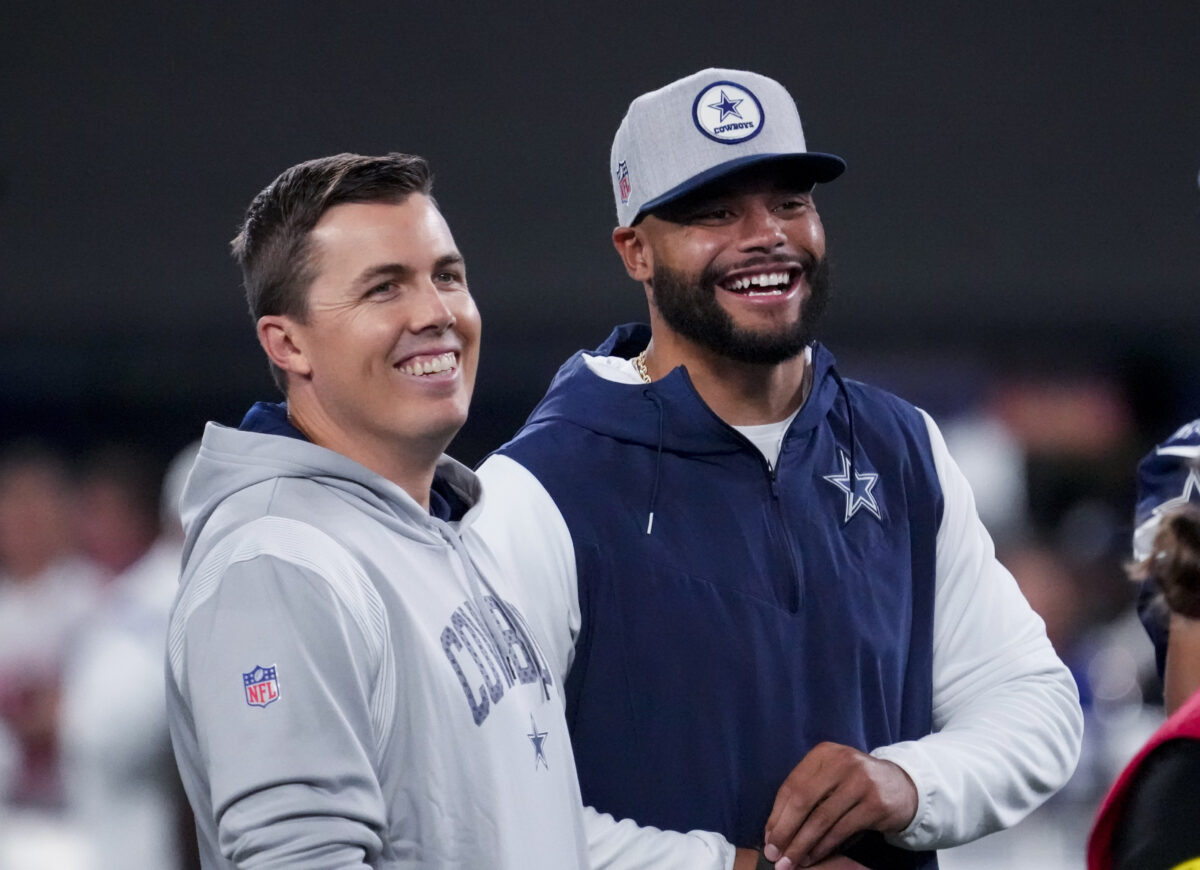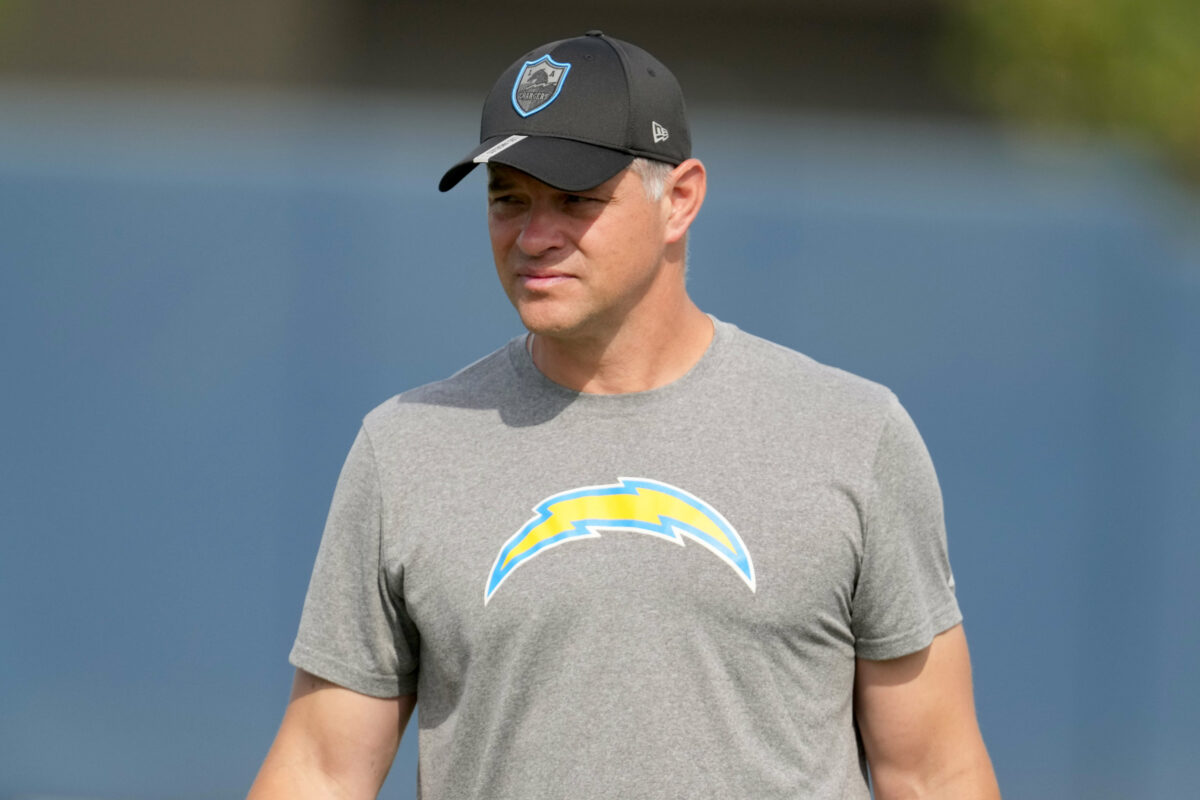On Monday, the Chargers announced that they had hired former Cowboys offensive coordinator Kellen Moore as their new offensive playcaller. The move came less than 24 hours after it was reported that Moore and Dallas were parting ways after a disappointing playoff exit.
Let’s grade the hire, accounting for Moore’s reasons for leaving the Cowboys and what he produced in his time there.
Over the least four seasons, Dallas has fluctuated in offensive DVOA ranking. In 2019, Moore’s first as offensive coordinator, the offense skyrocketed from 24th in offensive DVOA to second in the league, behind only the Ravens. 2020, when Dak Prescott missed all but five games, produced less incredible results, falling to 24th. With Prescott healthy, the offense jumped back up to 6th, falling back to 15th this season with Prescott missing time yet again.
Such is the criticism of Moore: when everyone stays healthy, his offenses hum along to the tune of a top ten unit in football. Lose a key piece, however, and things begin to fall apart. If that sounds familiar, that’s because it’s the exact same narrative surrounding Joe Lombardi. However, Moore’s offenses at their peak have consistently outperformed Lombardi’s at theirs, and raising the ceiling in that manner is a must for the Chargers.
In his tenure as Cowboys offensive coordinator, Moore was never afraid to push the ball downfield:
Since Moore became OC the Cowboys, they've had the 7th highest average depth of target in the NFL (8.3 AY/A).
Suffice to say…that's pretty different from Lombardi. https://t.co/XXAFeagq0L
— Mina Kimes (@minakimes) January 30, 2023
That’ll be a huge boost for Justin Herbert, who many have felt has been underutilized in Lombardi’s short passing game scheme. Moore also gets his quarterbacks on the move: in the last two seasons combined, the Cowboys rolled their quarterback out more than all but eight teams. Herbert has shown ample ability to make throws on the run or while rolling out, which should only grow his prowess as a quarterback under Moore.
Moore also played quarterback in the NFL, which could unlock a new level for Herbert after playing under coaches without NFL-level signal-calling experience. It could also mean that the Chargers become more willing to move away from a veteran backup for Herbert, instead leaning towards a player they’re confident can keep the offense afloat.
Beyond quarterback, Moore’s hiring is a good sign for Austin Ekeler and Gerald Everett (or a tight end the Chargers draft in April). Dallas’ Tony Pollard ranked 23rd out of 116 qualifying running backs in target share when on the field in four seasons under Moore, suggesting that Ekeler’s large share of passing game targets will carry over into next season. With more space to operate as other players run downfield routes, this could result in a career season for the 28-year-old.
In the three seasons where Prescott was healthy for the majority of the year, Dallas threw to tight ends frequently. Their 280 receptions and 27 TDs in the 2019, 2021, and 2022 seasons both rank fourth in the league. Dallas also had Dalton Schultz on the roster, and the Chargers lack that kind of top-tier talent at present. But with a strong tight end class entering the draft, that may not be true much longer.
Overall, Moore’s hiring indicates the Chargers’ willingness to be aggressive in their pursuit of improvement on that side of the ball. The fact that this hiring came together as quickly as it did shows how much trust LA has in Moore as a scheme builder. While there are some criticisms that mirror the ones that beleaguered Lombardi, there’s plenty of reason to believe that Moore’s offense can bring the Chargers to new heights.
For all these reasons, I’m giving the hiring an A-.



